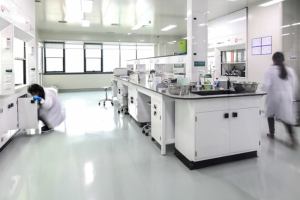How to decrease fire risk in oxygen-enriched atmospheres
The European Commission Joint Research Centre (JRC) issued a special lessons learned bulletin in January regarding the risk of oxygen-related fires in hospitals treating COVID-19 patients, and incidents such as the hospital fire in Baghdad on April 24 where more than 80 people lost their lives in what appeared to be an oxygen-related fire clearly indicates the increased risk in these types of fires.
Although none of these recent fires occurred in the United States it is imperative that we learn from these incidents and be able to provide increased safety measures to keep patients and staff safe not only during emergency responses but also in day-to-day operations.
Prior to the Baghdad fire and in response to the lessons learned bulletin, the National Fire Protection Association Journal did a media reports review. This review found “that at least 93 people have died in hospital fires since the COVID-19 pandemic began in the spring of 2020. Oxygen-rich environments are just one of many factors that have led to poor outcomes in these incidents, which have occurred worldwide, from India to Russia to Brazil.”
Though it is not considered to be a major hazard, the significant increase of oxygen usage to treat COVID-19 patients does increase the risk of fire. While there isn’t a consensus on what percentage oxygen creates an oxygen-enriched atmosphere (OEA), when the oxygen concentration in the air is increased just 3% above the natural occurring 21% concentration it is enough to increase the risk of materials becoming easier to ignite and to burn more vigorously.
While many factors influence the severity of a fire event and increased risk of fire due to high oxygen concentrations is anticipated more in operating rooms, it is important to note that the increased use of oxygen to treat COVID-19 patients is a specific risk that needs to be evaluated to assure that proper precautions are being implemented to reduce the risk appropriately.
Some options to be considered are ensuring that all electrical equipment functions properly, minimizing oxygen leakage, implementing strategies to reduce the possibility of static discharge, or increasing the ventilation or the exhaust to the space.
Another important effort is to provide awareness and training to staff who regularly work in these areas of the challenges and precautions to be aware of while working in an OEA. Providing staff awareness regarding these precautions will significantly increase the ability to monitor for possible hazards and significantly reduce the risk of fire while treating patients for COVID-19.




